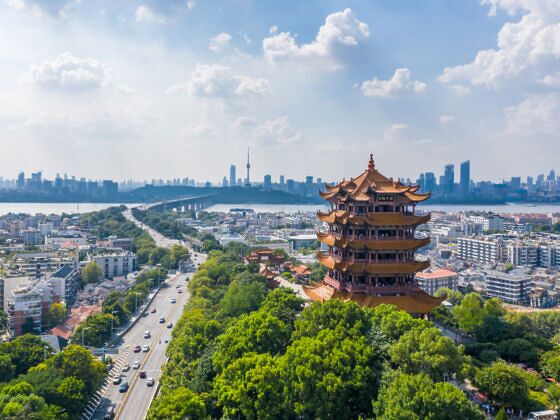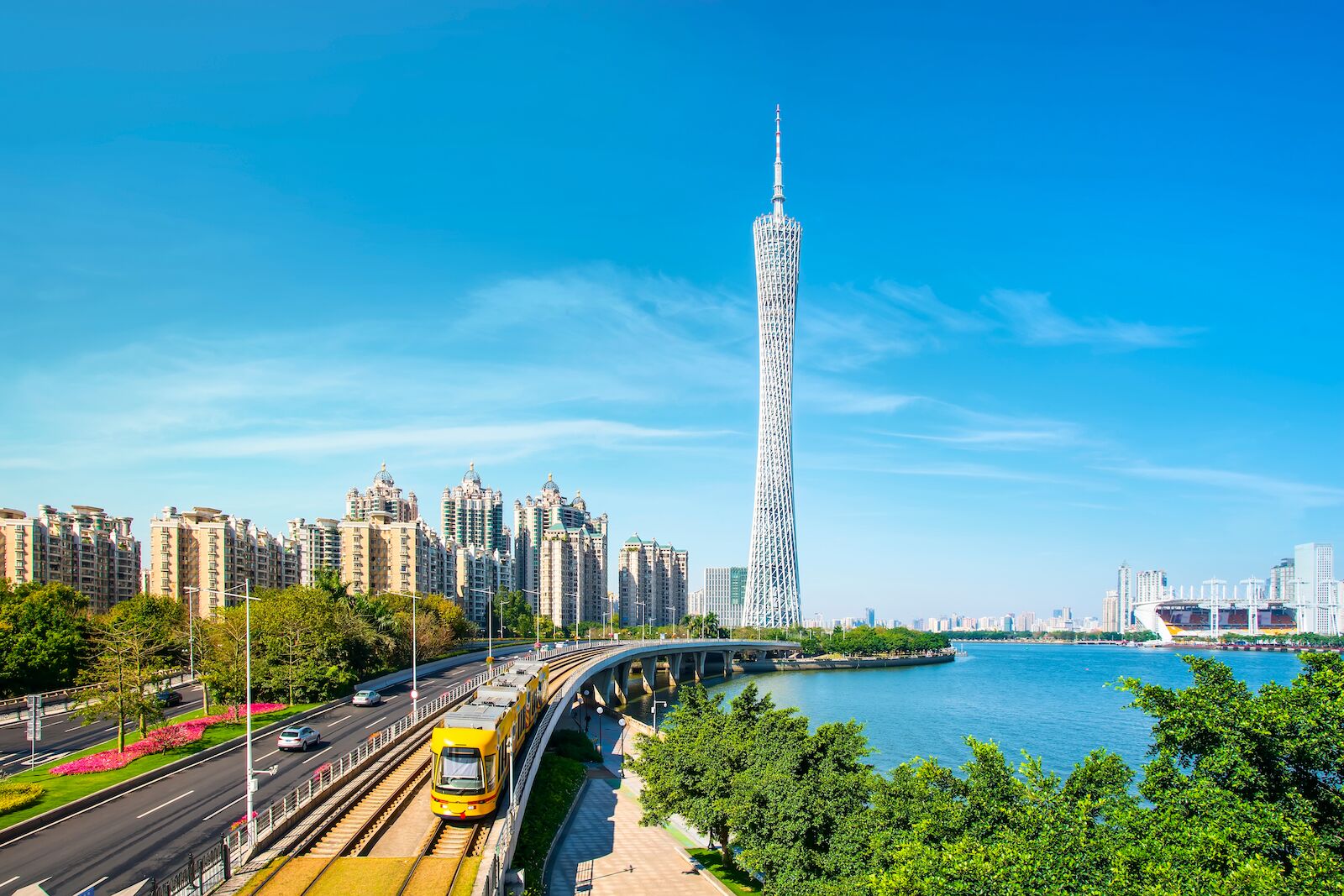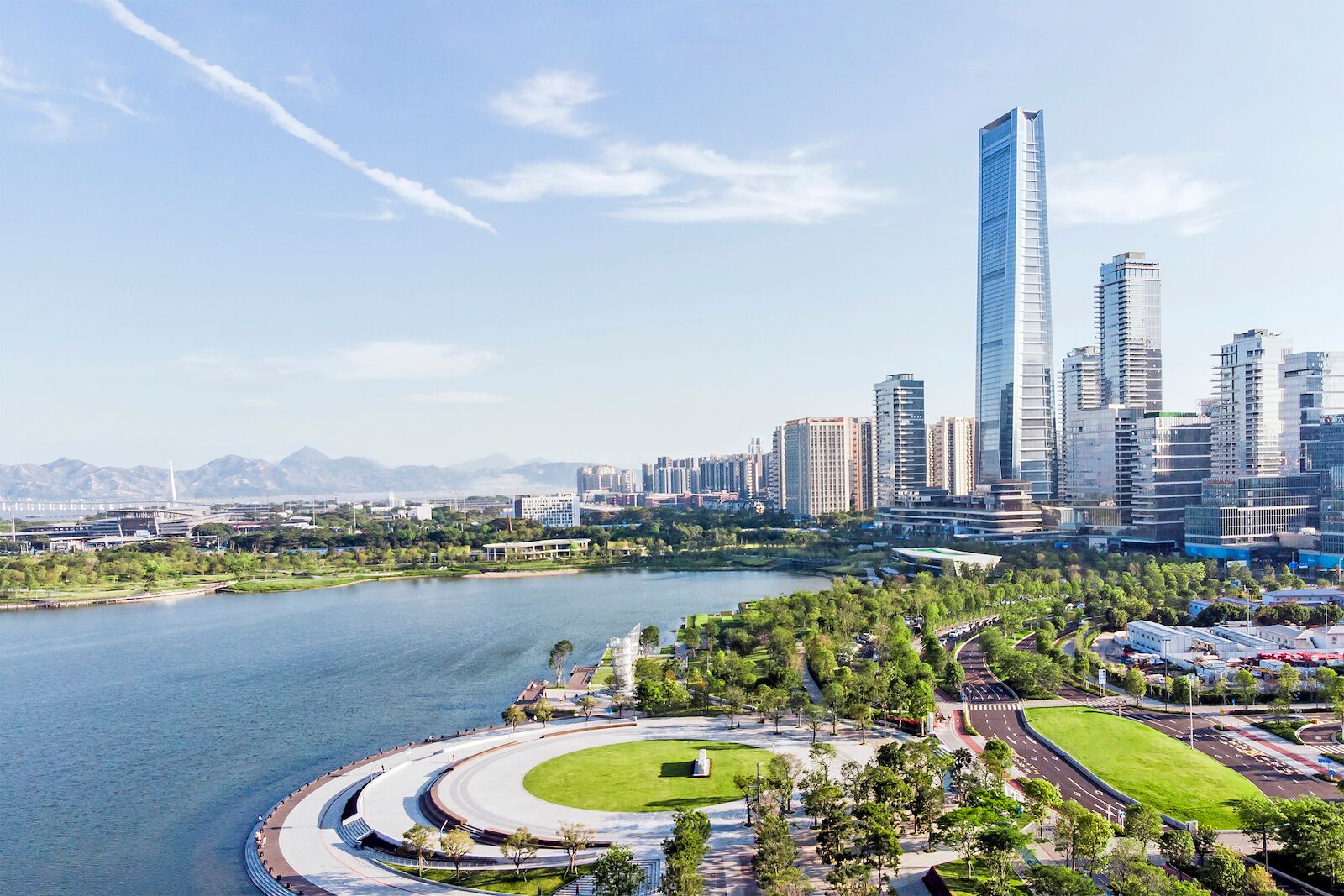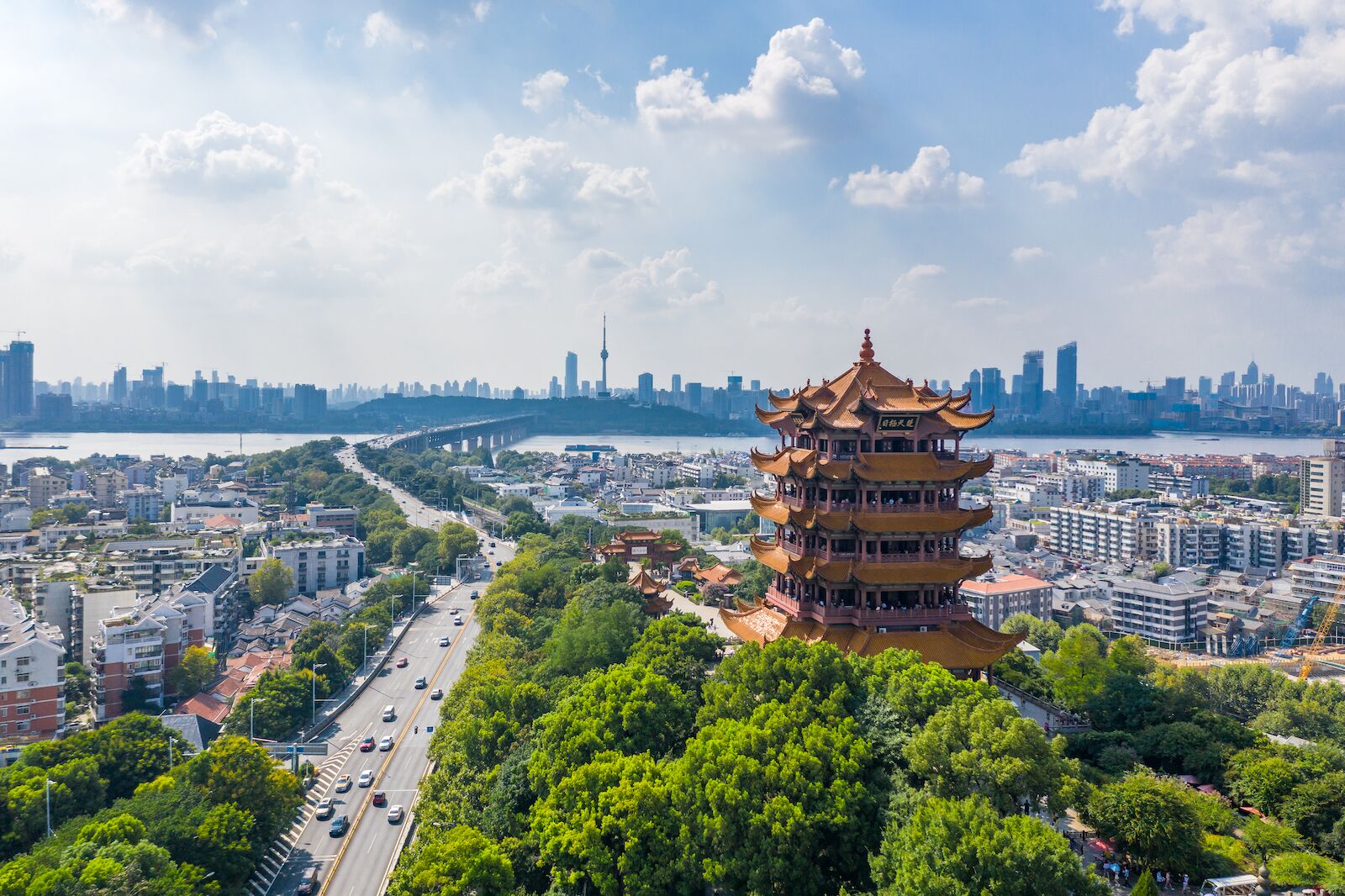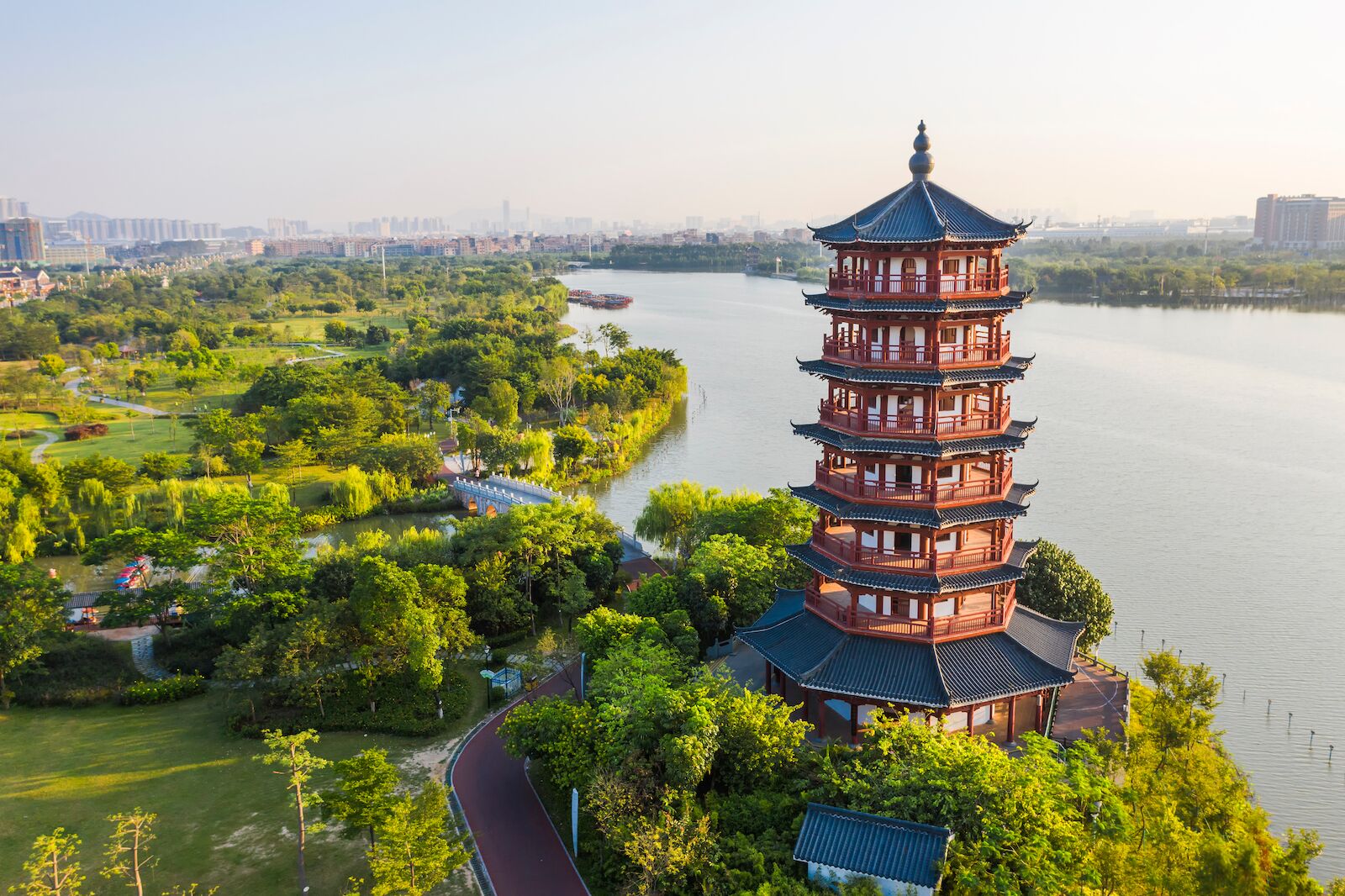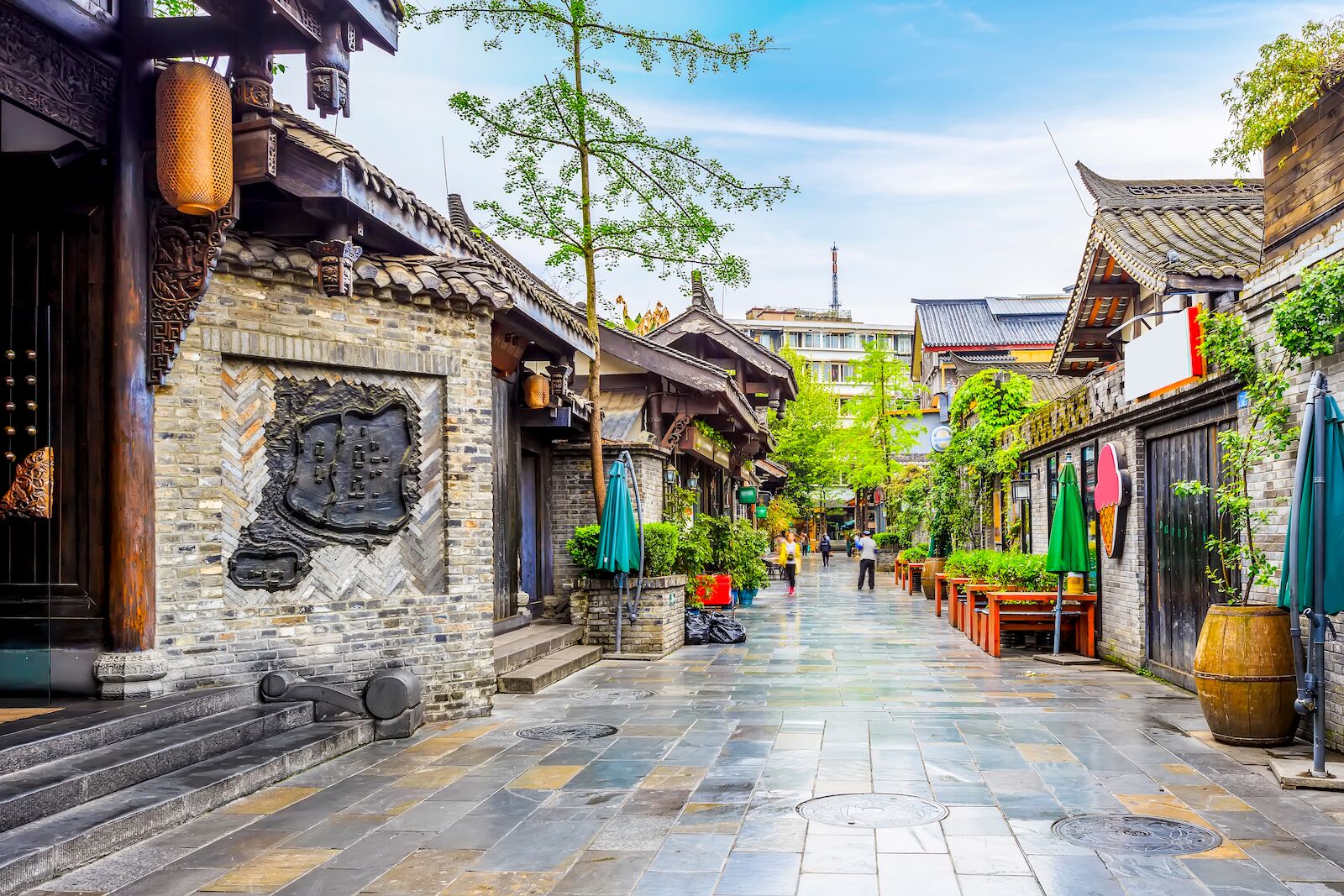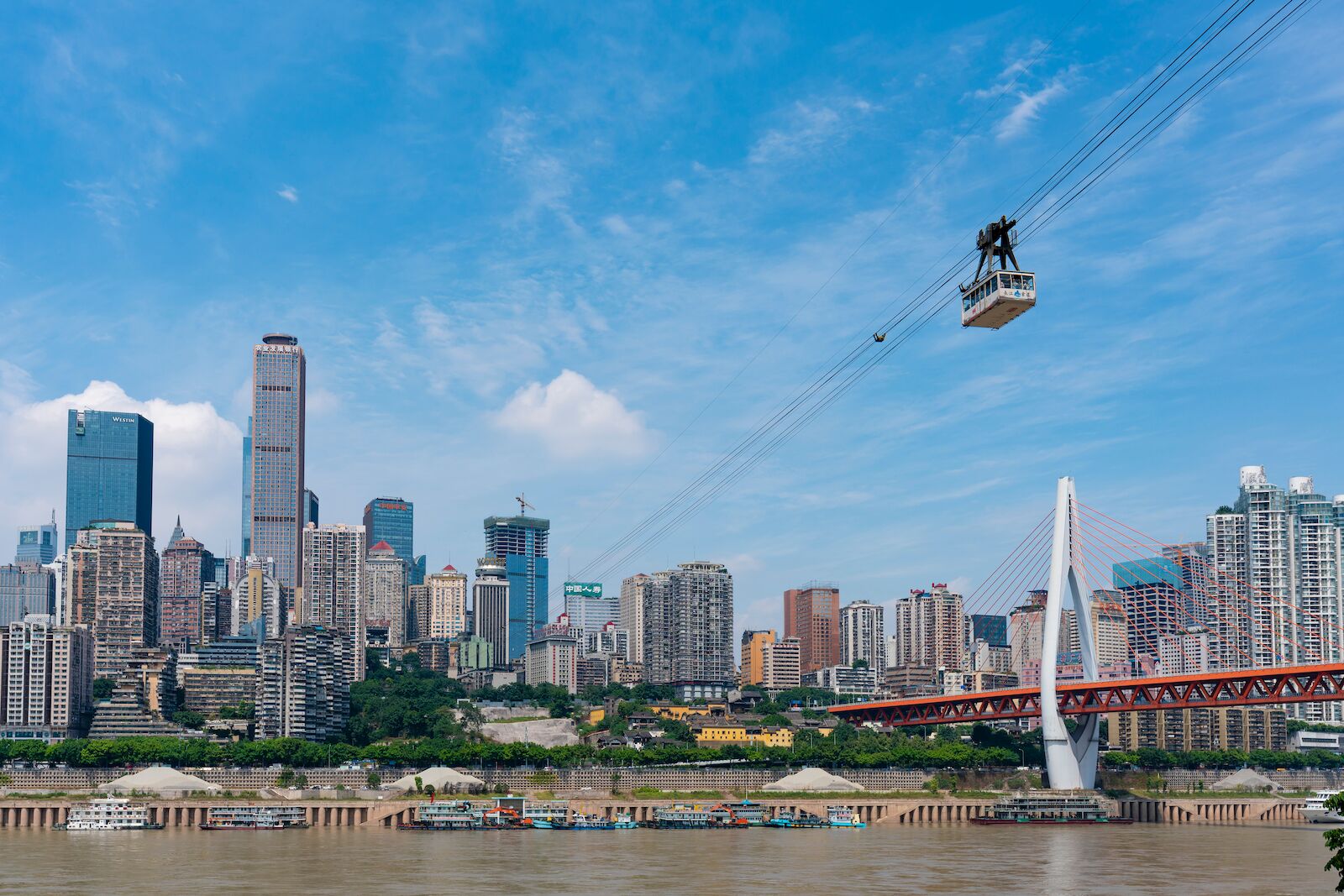In the US, size is king. We like our vehicles to be trucks, our prairies vast, our Mac’s big. We might even be under the impression that our cities put others to shame. But even our biggest metropolises shrink in the shadow of the largest cities in China. Everyone knows about the staggering size of Shanghai and Beijing, China’s two largest cities by population — 22.3 million and 11.7 million respectively — but do you know that its third, fourth, and fifth biggest cities make New York look like a village? And the largest cities in China do more than just shatter records — they are centers of culinary culture, history, and art, and make great destinations for travelers looking for unexpected experiences.
These are the largest cities in China by urban population, according to World Population Review, and how they compare to the eight most populated cities in the US.
